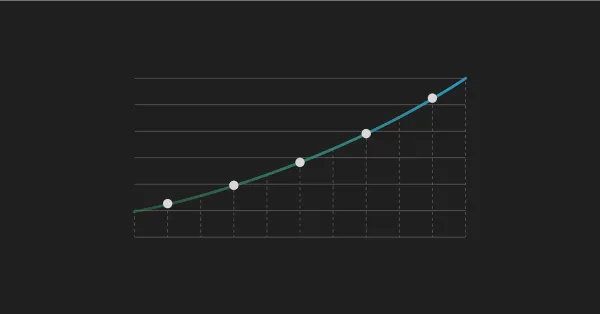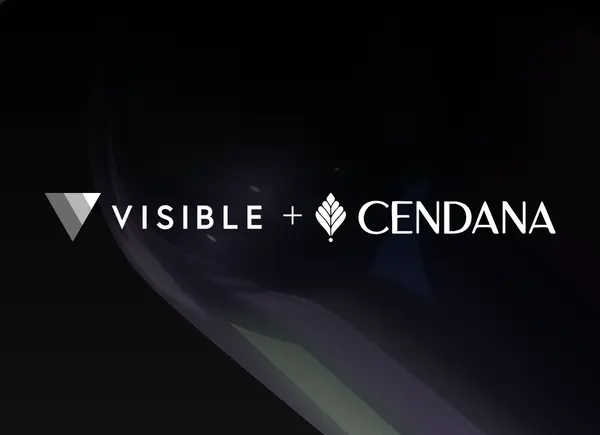What is TVPI
In simple terms, ‘Total Value to Paid In’, also known as TVPI, communicates how much a VC fund is worth on paper compared to how much money Limited Partners (LPs) have put into the fund.
To calculate TVPI you take the total distributions paid back to the LPs (realized gains) and add it to the residual value of the investments in the fund (unrealized gains) and then divide the value by how much Limited Partners have contributed to a fund.
It’s important to remember that LPs do not contribute all their committed capital to a fund all at once but rather over time it is ‘called’ by the General Partner for specific reasons such as a new investment.
Related Resource: Fund Performance Metrics 101 (and why they matter to LPs)
Why does TVPI matter in VC
TVPI is one of the earliest indicators current and prospective LP’s will use to measure the performance of a VC fund. It’s essentially communicating whether the fund’s performance is heading in the right direction. In other words, it demonstrates whether the value of investments have increased or decreased.
Any TVPI value greater than 1x means that the fund’s value has grown over time.
LPs use TVPI to compare the performance of funds against each other. The greater the TVPI, the greater the increase in the value of the fund.
To better understand TVPI benchmarks check out Pitchbook’s Benchmark Report as of Q4 2022.
Visible empowers investors to visualize, share, and communicate their most important fund metrics in flexible dashboards.
TVPI within the current market context
According to Hustle Fund, TVPI is the metric that investors are currently feeling squeamish about reporting to potential Limited Partners in today’s tough market conditions. The reason TVPI is low for many funds right now is because their portfolio companies are having a hard time fundraising. If portfolio companies are raising priced rounds at all, the increase in company valuations are marginal or even lower than before (when this occurs it’s called a Down Round).
This means investors are not likely to be marking up any of their investments, causing TVPI to remain the same or even decrease with down rounds.
Whether your TVPI has gone up or down in the last quarter, it’s important to maintain transparent communication with LPs in both good times and the bad.
Check out Visible’s LP Update Template Library to inspire better communication with your LPs this quarter.
Using Visible to track and visualize fund metrics
With Visible investors can keep track of over 30+ fund metrics including:
- TVPI
- RVPI
- DPI
- IRR
- Multiple
- And more
Fund metrics can be visualized in Visible's flexible dashboards alongside text, properties, variance charts, and portfolio metric data.
Over 400+ VCs use Visible to streamline their portfolio monitoring and reporting.




